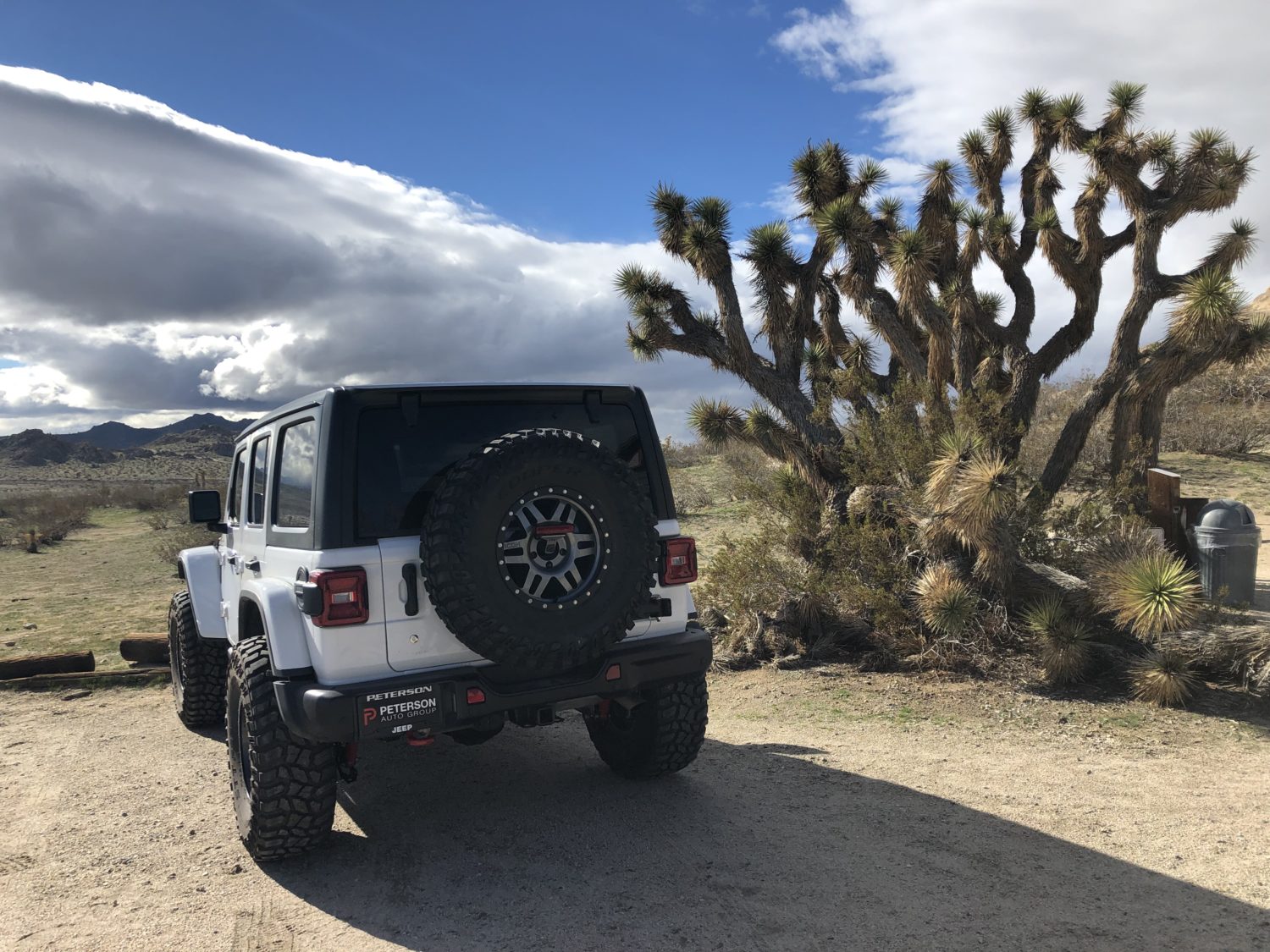- Location: Joshua Tree National Park, CA (Withheld)
- Travel Date: 3-23-2019
- Written: 3-31-2019
During a recent trip to Joshua Tree National Park, we were in search of the elusive “Hidden Cave”. The Hidden Cave is a rock shelter full of ancient Native American pictographs which appear to date back to 1,000 A.D. I’ve seen many fascinating pictures online but no one was willing to disclose its location.
After sending out dozens of emails, many of which went unanswered, it felt as if all hope was lost. As determined as I was, I continued reaching out to people until I came across a man that was willing to trade information with me. He was specifically interested in a site located in Anza Borrego that I had information on. After getting the information on the general location of the cave, we set a date and started counting down the days.
When the day finally arrived, I packed my GPS, camera, water and soon we found ourselves driving down the highway towards Joshua Tree with our kids.
Upon arriving at the cave, I knew immediately I was where I needed to be. There’s a small rock wall that needs to be cleared before the entrance to the cave is exposed. The cave is big enough for 2-3 adults to sleep comfortably. Signs of campfires are still noticeable inside the and on the backside of the cave where you’ll find another large rock shelter. A few pictographs can be found in the larger opening but not nearly as many as can be found inside of the cave.
This site, unlike the many sites found throughout Joshua Tree is a perfect example of a pictograph panel in pristine condition. The low entrance, lack of sunlight, wind and rain means that these pictographs are as vivid as they were on the day they were painted. All of the art found inside are painted in red pigment. Many Southern California tribes used the color red in rock art to symbolize female puberty rites. This site along with the opening behind the cave were most likely used as a puberty ritual site.
When visiting this site, be careful when crawling into the cave. Please do not rub against, touch or attempt to enhance the pictographs. Rebuild the rock wall and try to only visit during early morning hours or late afternoon when people are not present.














Warning
The Antiquities Act is a U.S. federal law enacted in 1906. It is officially known as ‘An Act for the Preservation of American Antiquities.’ The provisions of the Act are codified at 16 USCS 431–433.
The Act authorized the President of the United States to designate land owned or controlled by the U.S. government as national monuments under two conditions: 1) that the monumentalized land be of “historic or scientific interest,” and 2) “That the examinations, excavations, and gatherings are undertaken for the benefit of reputable museums, universities, colleges, or other recognized scientific or educational institutions, with a view to increasing the knowledge of such objects, and that the gatherings shall be made for permanent preservation in public museums.”
Pursuant to the Act, any person who appropriates, excavates, injures, or destroys any historic or prehistoric ruin or monument, or any object of antiquity, situated on lands owned or controlled by the U.S. government of the United States, without the permission of the Secretary of the Department of the Government having jurisdiction over the lands on which said antiquities are situated, shall, upon conviction, be fined in a sum of not more than five hundred dollars or be imprisoned for a period of not more than ninety days, or shall suffer both fine and imprisonment, in the discretion of the court.

